Nitin Singhania Summary: India through the Eyes of Foreign Travellers- 2 - UPSC PDF Download
Deimachus
Deimachus of Plataea was an ambassador.
- He was sent by Antiochus I to meet Bindusara or Amitraghata.
- Bindusara was the son and successor of Chandragupta Maurya.
- Deimachus provided important information about society and government during that time.
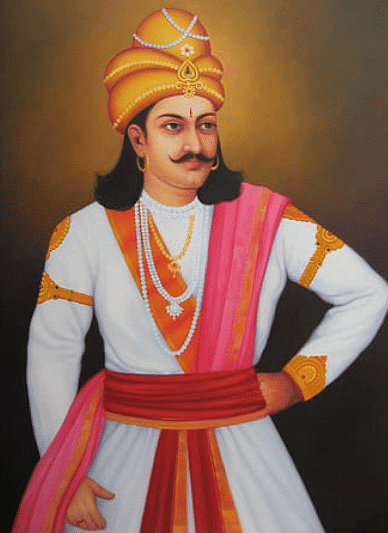 Chandragupta Maurya
Chandragupta Maurya - The exchange happened around the 3rd century BCE.
- It was part of diplomatic interactions between the Hellenistic Seleucid Empire and the Indian Mauryan Empire.
- The goal was to learn about each other's cultures and ways of life.
Heliodorus | Khamba Baba
He was a special messenger from a place called Indo-Greek to meet a king named Bhagabhadra in India.
His job was to visit the court of King Bhagabhadra, who ruled over the Shunga dynasty, around 113 BC.
Heliodorus put up a tall pillar in a city called Vidisha in Madhya Pradesh. People there call it the 'Khamba Baba' or 'Heliodorus Pillar.'
The pillar is like a special statue of a Hindu god named Vasudeva (also known as Vishnu). It's still standing today!
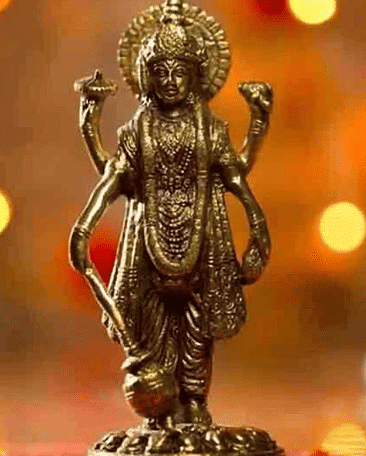 Lord Vishnu
Lord VishnuThe words written on the pillar are called Besnagar inscriptions.
While he was in India, Heliodorus decided to follow Hinduism, a religion here. He started calling himself a 'Bhagavata,' showing he followed a particular group in Hinduism called Vaishnavism.
This story tells us about the connections and sharing of cultures between the Indo-Greek and Indian people. Heliodorus adopting Hinduism is a sign of these cultural exchanges.
I-tsing | A Record of the Buddhist Religion
Yijing, also known as I-tsing, was a Chinese Buddhist monk. He stayed in India from 695 AD to study at Nalanda Mahavihara.
Observations in India:
- Yijing observed that Buddhists in Northern India and South Seas islands followed Hinayana Buddhism.
- Buddhists in China and Malayu practiced Mahayana Buddhism.
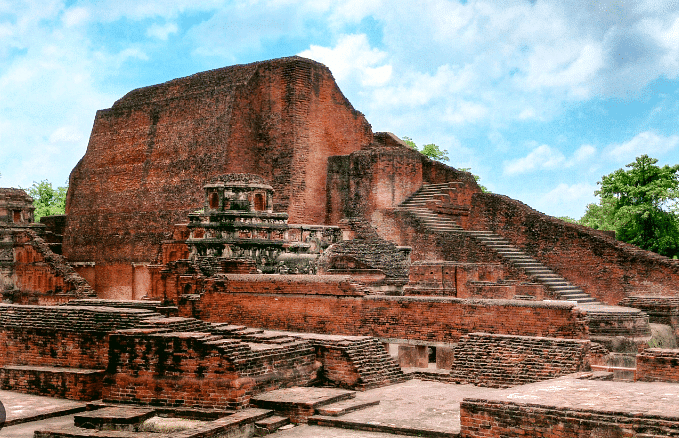 Nalanda Mahavihara
Nalanda Mahavihara
Principal Buddhist Schools: Yijing identified four main schools in traditional Buddhism: Mahasamghika, Sthavira, Mulasarvastivada, and Sammitiya Nikayas.
Translation Work:
- Yijing translated many Pali and Sanskrit Buddhist texts into Chinese.
- Notable translations include the Mulasarvastivada Vinaya, Golden Light Sutra, Diamond Sutra, and Avadanas.
Sulaiman al-Tajir
His Travels: He journeyed to India and China around 850 AD.
Visit to Guangzhou, Tang China: He visited Guangzhou in Tang China and was impressed by the high-quality porcelain there. India Visit:
- During his time in India, he explored regions under the great Pala Empire, which included present-day West Bengal, Assam, and Bangladesh.
- He referred to the Pala kingdom as "Ruhmi."
Recognition of a Gurjar Emperor: He identified Mihira Bhoja, a strong opponent of Arab invaders, as one of the greatest Gurjar emperors.
 Mihira Bhoja
Mihira BhojaShihabuddin al-Umari
- Shihabuddin al-Umari, serving as an ambassador from Damascus, played a significant role in providing a detailed account of India.
- He documented his observations in a book titled 'Masalik albsar fi-mamalik al-amsar.'
- This work primarily focuses on Mamluk administration, offering valuable insights into the state of affairs in India during his time.
Afanasy Nikitin | The Journey Beoynd Three Seas
He was a Russian merchant from Tver, and he became one of the first Europeans to visit India.
Narrative of his Journey: Nikitin documented his trip in a story called 'The Journey Beyond Three Seas.'
Areas of Study in India: During his visit, Nikitin studied various aspects of India, including its population, social system, economy, military, religion, lifestyles, government, and natural resources.
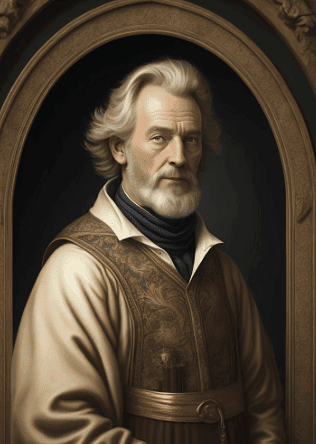 Afanasy Nikitin
Afanasy NikitinValuable Source of Information: Nikitin's detailed and factual descriptions provide a valuable source of information about India during his time.
Specific Mention of Bahmani Kingdom: He described the condition of the Bahmani kingdom under the rule of Muhammad I (1463-82).
Duarte Barbosa
Duarte Barbosa was a Portuguese voyager who spent a significant amount of time in India for 16 years, from 1500 to 1516.
- Places Visited: Barbosa mainly stayed in Kerala and the Vijayanagara kingdom during his time in India.
- Language Study: He studied Malayalam, the local language, during his stay.
- Writings: Barbosa authored the 'Book of Duarte Barbosa,' a detailed account of foreign cultures.
- Focus of Writing: In his book, he wrote about the caste culture prevalent in India and provided insights into social life during that period.
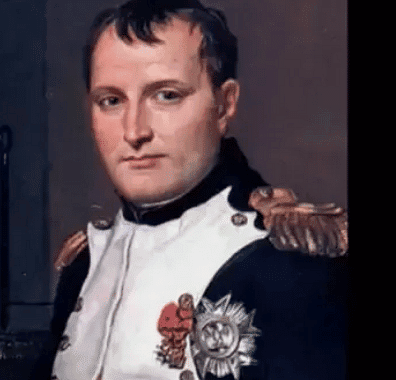 Ceasar Frederick
Ceasar Frederick
Ceasar Frederick
Ceasar Frederick also known as Federici, was a traveler.
Unfortunate Visit to Vijayanagara Empire: Federici had an unfortunate visit to the Vijayanagara Empire in 1567, just two years after it was brought down to ruins in the battle of Talikota.
Extensive Eastward Journey: He traveled extensively in the East from 1563 to 1581.
Documentation of Indian Life: Federici left behind an account detailing the social, economic, and cultural life of people in India during that period.
Description of Vijayanagara Ruins: In his own words, he described the ruins of Vijayanagara as follows: "The Citie of BEZENEGER (Vijayanagara) is not altogether destroyed, yet the houses stand still, but empty, and there is dwelling in them nothing, as is reported, but Tygres and other wild beasts."
Fernao Nuniz
Fernao Nuniz was a Portuguese merchant.
Time of Visit: He came during the rule of Achyutdeva Raya of the Tuluv dynasty in the Vijayanagara Empire.
Historical Writing: Nuniz wrote the history of the Vijayanagara Empire, covering its earliest times up to the closing years of Achyutdeva Raya's reign.
Visit Details: He visited the Vijayanagara Empire between 1535 and 1537 AD.
Observations: Nuniz noticed that there were women in the kingdom who were astrologers, soothsayers, wrestlers, and who managed accounts of expenses.
Collaborative Work: He co-authored a book titled 'Chronica dos reis de Bisnaga' with Domingo Paes.
 Achyutdeva Raya Temple
Achyutdeva Raya Temple
Jan Huyghen van Linschoten | Itinerario
He was a traveler from the 16th century, originally from the Netherlands.
Contribution: He provided a valuable account of the social and economic life of South India, with a focus on Goa.
Book: His book, called 'Itinerario,' contains detailed maps showcasing voyages to the East Indies, especially India.
Antonio de Monserrate | The Commentary of Father Monserrate: S. J., on His Journey to the Court of Akbar
Also known as Antonio de Monserrate, he was a Spanish explorer in the 16th century.
Notable Achievements: He gained fame for his accounts and documents that depict the local culture and customs of India.
Journey to India: Monserrate arrived in Goa, a Portuguese colony on the west coast of India, in 1578.
Travels in the Indian Subcontinent: He embarked on journeys within the Indian subcontinent, visiting significant cities such as Agra, Fatehpur Sikri, and Lahore (in present-day Pakistan).
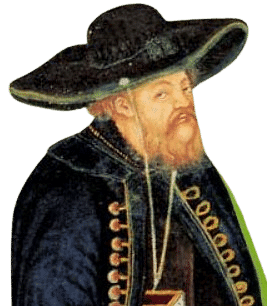 Antonio de Monserrate
Antonio de MonserrateObjective: His primary goal was to understand the Mughal Empire and its ruler, Emperor Akbar the Great.
Court of Akbar: Monserrate visited Akbar's court and provided detailed descriptions of Akbar’s administration, religious policies, and cultural practices.
Documentation: He documented his experiences in a work called 'The Commentary of Father Monserrate: S. J., on his Journey to the Court of Akbar,' which provides valuable information about that period in Indian history.
Peter Mundy
Peter Mundy was a British merchant trader, traveler, and writer in the 17th century.
Journey Extent: His travels took him to India, China, and Japan.
Employment: Mundy was part of a fleet of four ships and two pinnaces sent out by Sir William Courten, likely employed as a factor (a business agent).
Arrival in India: He arrived at Surat in 1628.
 Peter Mundy
Peter MundyTravel Itinerary:
- In 1630, he traveled to Agra and stayed there until 1631, after which he went to Patna.
- He later returned to Agra and Surat, residing there until around 1634.
Banjara Community: Mundy wrote about the Banjara community in his writings.
Banjara Nomads:
- The Banjaras were important trader nomads during the Delhi Sultanate and Mughal times.
- Their caravan was called a "tanda."
Niccolao Mannucci
Niccolao Manucci was an Italian writer, doctor, and traveler who arrived in India at the age of 17 in 1653 and spent his entire life there, never returning to Italy.
Early Employment: He landed in Surat and began working as an artilleryman in the army of the Mughal prince, Dara Shikoh.
Shifts in Employment: After Dara Shikoh's defeat by Aurangzeb, Manucci worked for the famous Rajput king, Mirza Raja Jai Singh, but this arrangement didn't last long.
 Aurangzeb
AurangzebExtensive Travels: Manucci's travels and quests for employment took him all over India, from Kashmir to Bengal, and from Goa to Madras.
Siddha Practitioner: In South India, he earned a reputation as a Siddha practitioner, following a medicinal tradition native to the region.
Language Skills: Manucci was fluent in several languages, particularly Persian.
Book - Storia do Mogor: In his book written in 1698, 'Storia do Mogor' (or 'Story of the Mughal'), he described the reign of Mughal emperors, especially Shah Jahan's later period, and focused on life in the court of Aurangzeb.
Narrative Style: He portrayed himself as a long-suffering hero and characterized Aurangzeb as the evil villain in his storytelling.
Antoine Dubois
Jean-Antoine Dubois was a French Catholic missionary who traveled to South India. Locals called him Dodda Swami.
Missionary Objective: He came to India to convert Indian Hindus to Christianity, but he was not successful in this effort.
Unusual Adoption: Instead, he is remembered for adopting the way of life, clothing, food (vegetarianism), and language typical of a Hindu monk.
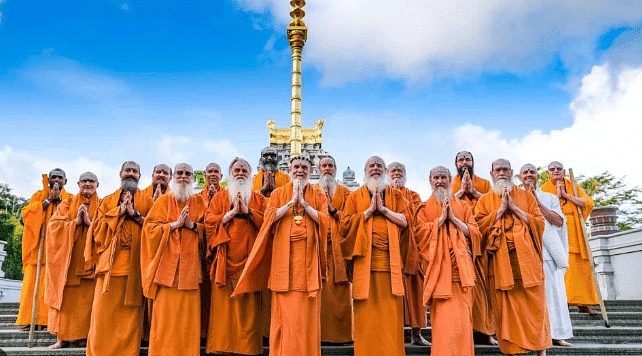 Hindu Monastery
Hindu MonasteryBook - Hindu Manners, Customs and Ceremonies: Dubois wrote a book containing three parts:
- A general view of society in India, especially the caste system.
- Descriptions of the four states of Brahminical life.
- Details about religious practices including festivals, feasts, temples, and objects of worship.
Quote Highlight:
In his book, there is a quote that stands out: ‘A Hindu woman can go anywhere alone, even in the most crowded places, and she need never fear the impertinent looks and jokes of idle loungers.
A house inhabited solely by women is a sanctuary which the most shameless libertine would not dream of violating.’
FAQs on Nitin Singhania Summary: India through the Eyes of Foreign Travellers- 2 - UPSC
| 1. Who were some of the notable travelers mentioned in the article? |  |
| 2. What is the significance of "A Record of the Buddhist Religion" by I-tsing? |  |
| 3. What is the main focus of the book "The Journey Beyond Three Seas" by Afanasy Nikitin? |  |
| 4. Who is Jan Huyghen van Linschoten and what is his contribution to the understanding of India? |  |
| 5. How does the book "The Journey Beyond Three Seas" by Afanasy Nikitin contribute to our knowledge of historical trade routes? |  |















